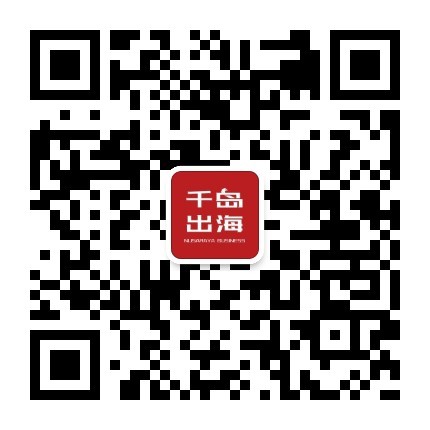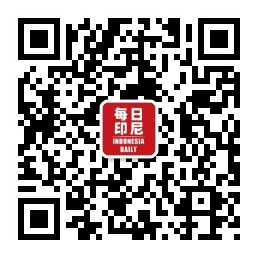Indonesian Customs Releases Contents Data on Containers Stranded at Ports

The General Customs Administration has published data on the contents of 26,415 containers stranded in various ports as a result of import prohibitions and restrictions (lartas) regulations, most of which consisted of raw and auxiliary industrial materials.The Director General of Customs Communications and User Guidance said that the status of the stranded 26,415 containers is in BC 1.1 status, i.e. entry manifest. There are 21,166 containers accounting for 801 TP3T containing raw and auxiliary materials, in addition to about 3,356 containers (about 12.71 TP3T) of consumer goods and 7.171 TP3T (about 1,893 containers) of capital goods. This can explain why the investment is not good, from which it can be seen that the proportion of imports of capital goods is not much, but raw materials are dominant. He explained the reason why Customs compiled data on the contents of containers in the format of the first 10 major items, which are quite substantial in terms of the number of containers of these 10 categories of goods, such as raw and auxiliary materials with a quantity of less than 10 containers of which the data is below. The 26,000 containers that the government requested to be released through Order No. 8/2024 of the Minister of Trade Regulation (Permendag) was not implemented immediately, which does not mean that they are going to release all the 26,000 containers, there is still a need to have the LS (Inspector's Report) and PI (Import Approval) as it can be traced back to the Regulation of the Minister of Trade Regulation 25. Customs duties and functions in the fiscal area are to collect import and entry duties from import and export activities, border control is done as an implementation of trade policy. Customs is just the enforcer and does what it decides, that is why it would be good if there is a trade import working group, there is checking of goods at the border so everything is clear.
The Ministry of Industry (Kemenperin) has accused the Minister of Finance of not being transparent about the data on the contents of 26,415 containers of imported goods that were detained and released in May. The release of the containers coincided with the release of import liberalization regulations by the Minister of Trade Regulation (Permendag) No. 2, which came into effect on May 17, 2024, with immediate effect. This import liberalization policy is the reason why the manufacturing sector's performance has entered contractionary territory for the first time in three years.The Indonesian Manufacturing Purchasing Managers' Index (PMI) fell to 49.3 in July 2024, a 1.4-point drop from the previous month's 50.7. A spokesman for the Ministry of Industry said that the opacity of the Finance Minister had resulted in the Ministry being unable to formulate a policy or expected steps against the incursion of imported cargo containers. In fact on June 27, the Minister of Industry wrote a letter requesting container loading data, however the Ministry of Industry did not receive an official response from the Director General of Customs until August 2, despite the fact that the reply letter had been signed since July 17th. In the reply letter, the General Customs Administration explained that the contents of the 26,415 containers grouped by the Commission's economic categories (BEC), of which 21,166 containers of raw and auxiliary materials (80.131 TP3T), 3,356 containers of consumer goods (12.71 TP3T), and capital goods amounted to 1,893 containers (7.171 TP3T). Data on the top 10 goods/containers in each group is also provided in the attached document, although he believes that this data is still not meaningful. If most of the containers piled up contain 80.13% raw/supplementary materials, they questioned the urgency of the Trade Minister's Regulation No. 8/2024 pushed by the Economic Coordinating Minister and the Minister of Finance to ease downstream imports/consumer goods, while the number of containers containing downstream goods is 12.71 TP3T more.

